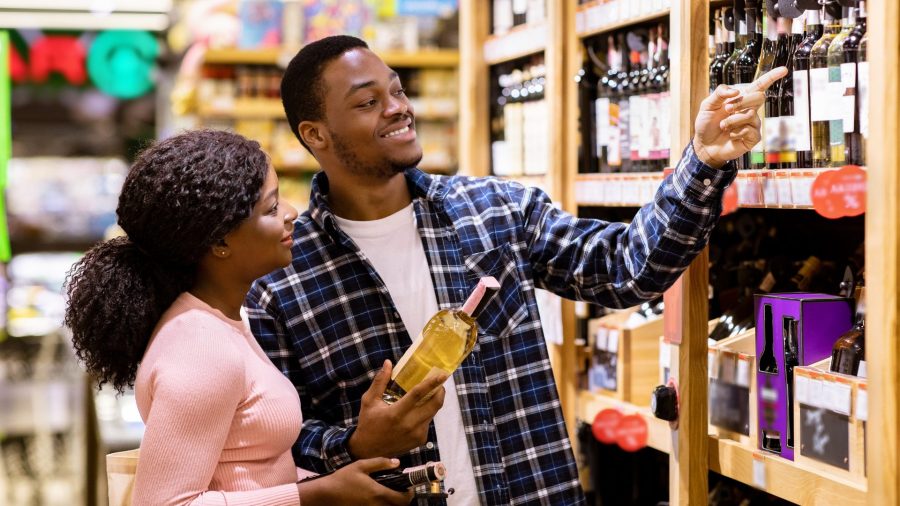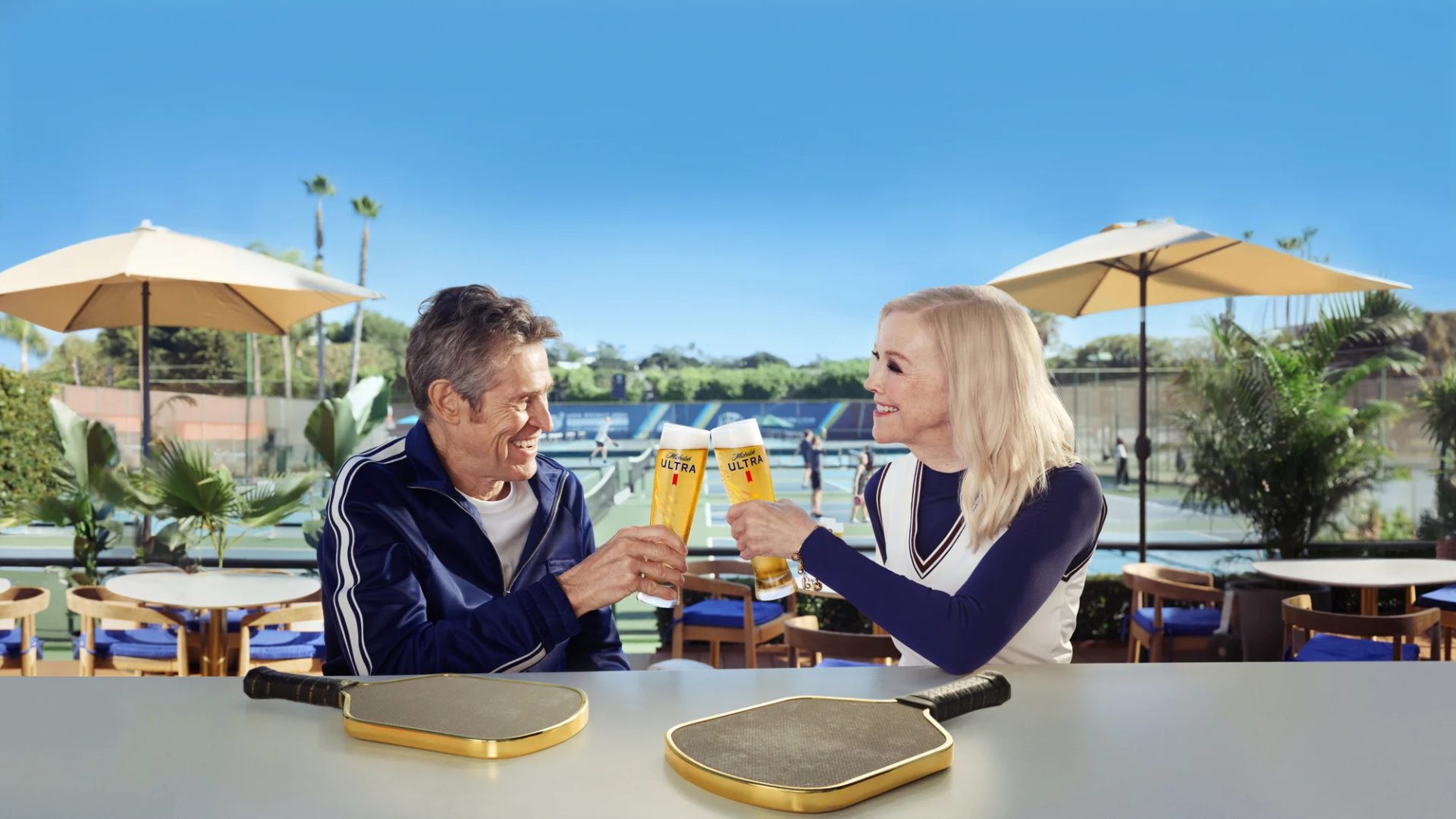Retail alcohol sales are significantly higher than 2019 levels. According to a report recently published by Columbia University’s Mailman School of Public Health, during the worst months of the COVID pandemic (March-September 2020), U.S. alcohol sales increased 20% compared to the same period in 2019 and gained 18% over the previous seven-month period (August 2019 to February 2020). During the same months of the pandemic (and not surprisingly), alcohol sales at retail drinking establishments (bars, restaurants, public events) decreased by roughly 27%.
More recently, major alcohol retailers reported higher sales during the July-September 2021 period, up 3%-7% versus the same period in 2020.
Factors driving sales
It is by now generally accepted that alcohol consumption rose overall during COVID, as people experienced prolonged stay-at-home periods, most bars/restaurants were closed, and consumers dealt with general uncertainty about the pandemic. What is worthy of note, however, is that alcohol sales have continued to increase even after many bars and restaurants have reopened – suggesting there is more to the increase in alcohol sales than just COVID.
Although it is not entirely clear what other factors could be contributing to the rise in alcohol sales, some possibilities are worth mentioning:
More Disposable Income – A side effect of COVID (being largely stuck at home) meant less consumer spending on travel, vacations and dining out, amongst others. This freed up significant disposable income which may have been diverted towards alcohol purchases.
Massive Economic Stimulus + Inflation – Consumers received massive amounts of fiscal stimulus during the last 18+ months, which has contributed to the aforementioned higher levels of disposable income. Rising inflation may also be playing a role in overall dollar sales growth.
A More Sophisticated Drinker – Alcohol consumers have increasingly become more sophisticated in their selections over the last few years, with producers offering more premium offerings (30+ year old whiskeys, triple-distilled vodkas, etc.).
A ”Drizly Effect”? – It has been reported by major alcohol retailers (ABC, Total Wine, BevMo) that in-store visits have increased significantly. What is not necessarily clear is who is doing the shopping. Alcohol delivery companies like Drizly (now part of UberEATS) have had a positive impact on alcohol sales and delivery during the last two years, and in many cases were a significant help to independent alcohol retailers who were struggling financially during the pandemic.
While there are still a few questions about the “how” and “why” of the recent (and apparently continuing) rise in retail alcohol sales, it is can be safely said at this point that the upward sales trend is real and likely to continue, at least in the short term.












